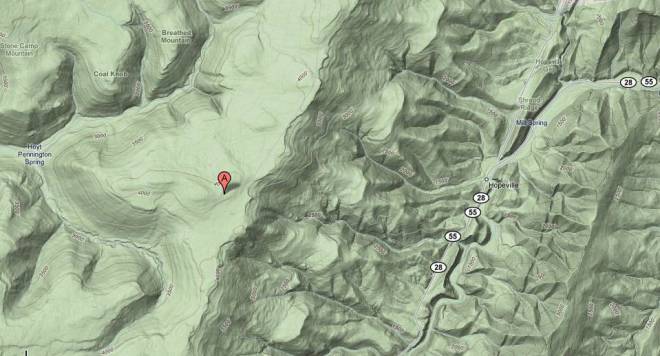While data backups at AppCove are taken very seriously, my personal computer at home has, well, been put off for a bit too long…
A recent bite by the Vundo virus lit a fire under me to better be able to recover from a catastrophic loss of a personal computer. I did some research on online backup providers, and found what has turned out to be a great one:
http://www.sugarsync.com
SugarSync is a slick little program that you install on your computer. You tell it what folders to backup, and away it goes. It constantly watches the folders to see when new or changed files need picked up. They also provide a great web based interface to access your files online.
What got me really interested in Sugar Sync was the fact that it can synchronize folders across multiple PC’s. Wow, to have all of your important files on your HDD at all times? That’s really cool.
Under one account, you can add multiple PC’s. You pay for disk space allocations, starting at $2.49/month. 60GB is currently $10 per month.
Security? Anything that you can login on the web with a simple username and password, including a “forgot password” link, in my opinion, has limited security. In other words, there are half a dozen ways to circumvent it. But for the purposes of storing our documents and pictures in a safe place, I believe it is quite suitable.
Here is some info from the About Us page — this was very important in making my decision:
Sharpcast is pioneering innovative solutions that combine fast offline applications with rich online services for protecting, sharing, accessing and enjoying digital files from anywhere on a broad range of devices — personal computers, mobile phones and more. People shouldn’t have to worry about where their files, photos and music are located to be able to enjoy them from anywhere. We make this dream a reality.
A team of wireless and consumer Internet industry veterans with a proven track record for building large-scale wireless data systems and successful Internet businesses founded Sharpcast in 2004 with a mission to make digital life simple. Sharpcast is backed by top Silicon Valley venture capital firms Draper Fisher Jurvetson, Sigma Partners and Selby Venture Partners.
Our flagship service, SugarSync, launched in March of 2008 to rave reviews and is available direct to consumer. SugarSync is built on our proprietary Sharpcast Universal Sync Platform which is also available for license by Wireless Carriers, Internet Service Providers, and Device Manufacturers.
Conclusion:
- Good company backing + a real company
- Clean and lightweight client software
- Easy to use and very functional web interface
- Sharing Folders now available
- Folder Sync + Magic Briefcase
- Most recent five versions of any given file retained
- Very reasonable price. (Reasonable in the sense that they can make money for a good service provided.)
Highly recommended.







